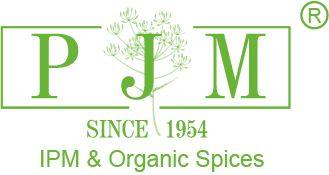IPM
Home > IPM

1. IPM
Integrated Pest Management (IPM) is an eco-friendly, systematic approach to managing pests (insects, weeds, diseases, rodents, etc.) that combines multiple strategies — biological, cultural, mechanical, and chemical — to minimize risks to people, property, and the environment.
It focuses on prevention first, using chemicals only as a last resort.


2. Process / Steps in IPM
1. Pest Identification
Accurately identify the pest species (misidentification can lead to wrong control methods).
Determine if the pest is harmful enough to require action.
2. Monitoring and Record Keeping
Regularly observe crops, plants, or facilities to track pest levels.
Use traps, visual inspections, or other tools to detect early signs.
3. Setting Action Thresholds
Decide the tolerance level for pests — the point at which their presence causes unacceptable harm.
If pest populations stay below this threshold, control measures may not be needed.
4. Choosing Control Methods (in order of preference)
Cultural controls: Crop rotation, sanitation, resistant varieties.
Biological controls: Natural predators, parasites, beneficial insects.
Mechanical/physical controls: Traps, barriers, handpicking.
Chemical controls: Pesticides, but only when other measures are insufficient.
5. Evaluation and Adjustment
After control measures, monitor results.
Adjust strategies for better long-term prevention.

3. Benefits of IPM
Environmental Protection – Reduces reliance on harmful pesticides, protecting soil, water, and non-target species.
Human & Animal Safety – Minimizes exposure to toxic chemicals.
Cost-Effective – Prevents unnecessary spraying, saving money on inputs.
Sustainable Agriculture – Maintains biodiversity and natural pest control agents.
Delays Pest Resistance – Reduces chances of pests adapting to chemicals.
Improved Crop Yield & Quality – Keeps pest damage within acceptable limits.
IPM
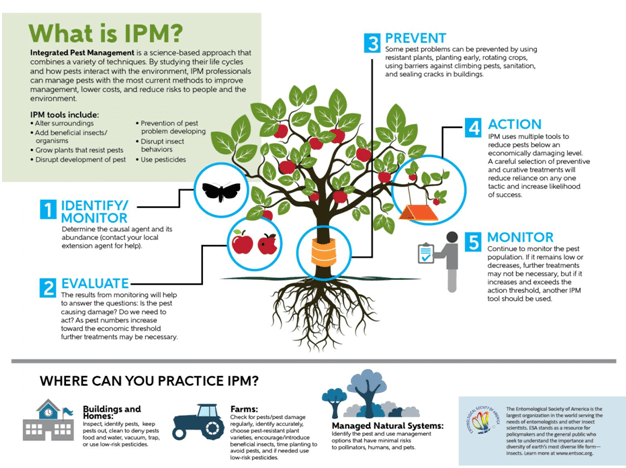
IPM focuses on long-term prevention of pests or their damage by managing the ecosystem
With IPM, you take actions to keep pests from becoming a problem, such as by growing a healthy crop that can withstand pest attacks, using disease-resistant plants, or caulking cracks to keep insects or rodents from entering a building.
Rather than simply eliminating the pests you see right now, using IPM means you’ll look at environmental factors that affect the pest and its ability to thrive. Armed with this information, you can create conditions that are unfavorable for the pest.
In IPM, monitoring and correct pest identification help you decide whether management is needed
Monitoring means checking your field, landscape, forest, or building—or other site—to identify which pests are present, how many there are, or what damage they’ve caused. Correctly identifying the pest is key to knowing whether a pest is likely to become a problem and determining the best management strategy.
After monitoring and considering information about the pest, its biology, and environmental factors, you can decide whether the pest can be tolerated or whether it is a problem that warrants control. If control is needed, this information also helps you select the most effective management methods and the best time to use them.
IPM programs combine management approaches for greater effectiveness
Biological control
Cultural controls
Mechanical and physical controls
Chemical control
Chemical control is the use of pesticides. In IPM, pesticides are used only when needed and in combination with other approaches for more effective, long-term control. Pesticides are selected and applied in a way that minimizes their possible harm to people, nontarget organisms, and the environment. With IPM you’ll use the most selective pesticide that will do the job and be the safest for other organisms and for air, soil, and water quality; use pesticides in bait stations rather than sprays; or spot-spray a few weeds instead of an entire area.
IPM Spices
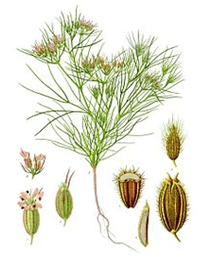
SOIL ANALYSIS
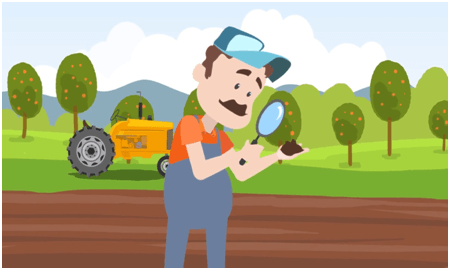
SEED SELECTION
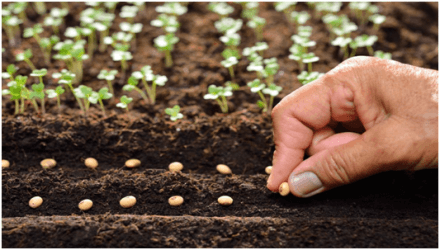
FERTILIZER OR PESTICIDE APPLICATION
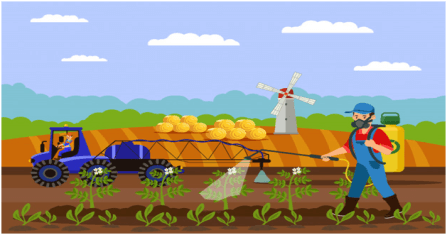
INTEGRATED PEST MANAGEMENT (IPM) PRACTICES
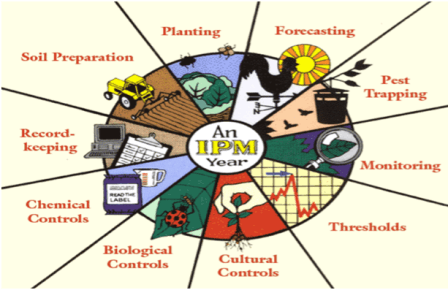
PREVENTIVE MEASURES FOR DISEASES
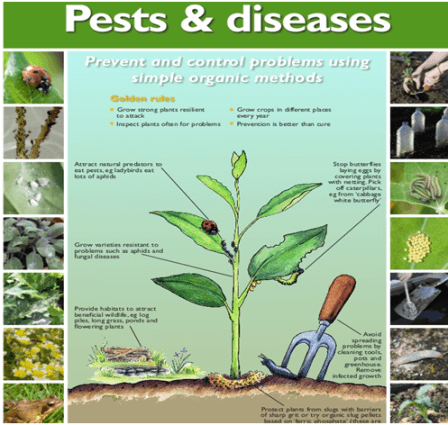
POST HARVEST HANDLING
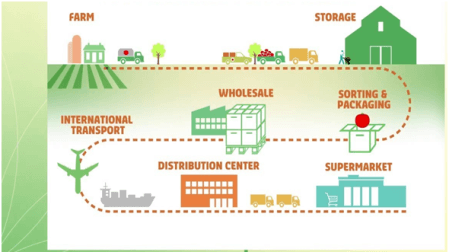
PROVIDING THE RIGHT PRICE FOR THE PRODUCT

OUR CERTIFICATE
A product is something made in a factory; a brand is something that is bought by the customer. A product can be copied by a competitor; a brand is unique. A product can be quickly outdated; a successful brand is timeless. verify our products with certificate.
